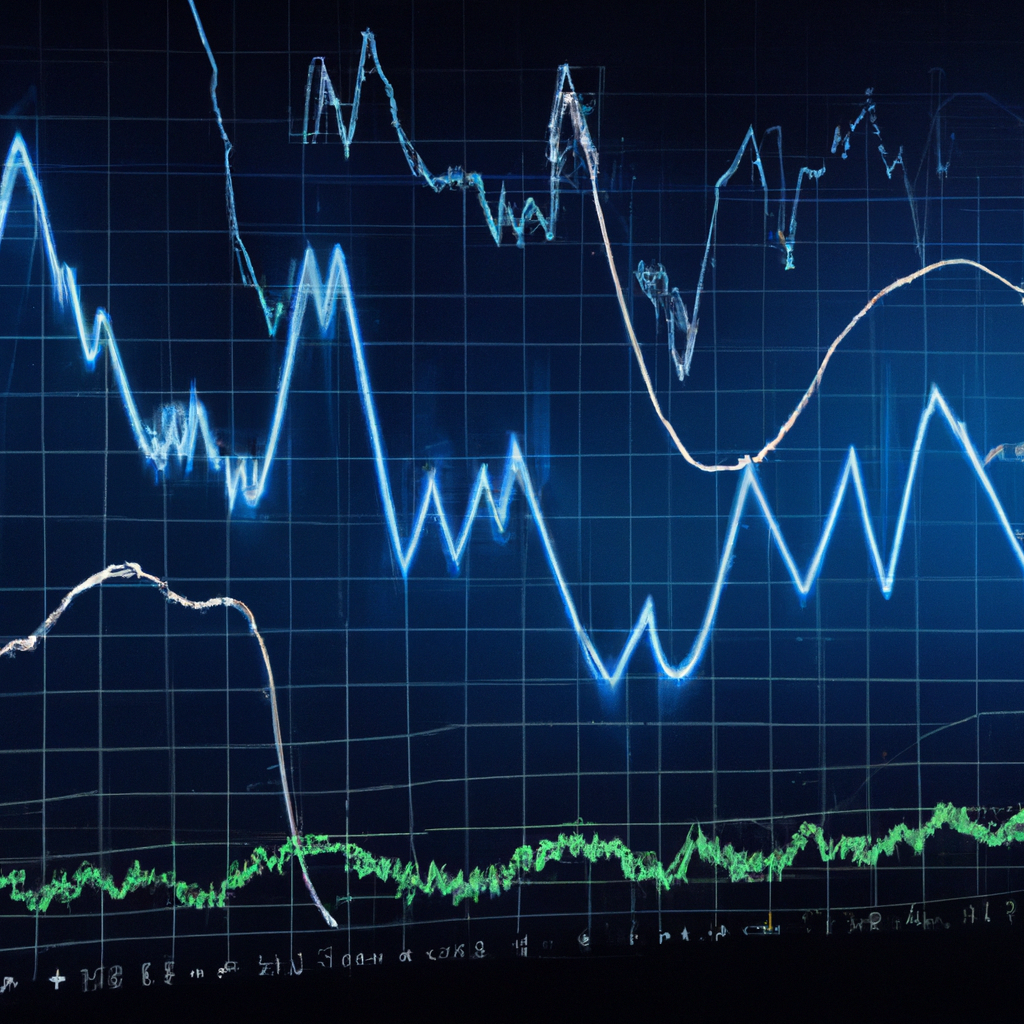
Backtesting Trading Indicators: A Guide to Improving Your Trading Strategy
Backtesting trading indicators is a crucial step in improving your trading strategy. By analyzing historical data and testing different indicators, you can determine which ones work best for your specific trading style and goals. In this guide, we will walk you through the process of backtesting trading indicators to help you make more informed trading decisions.
Step 1: Choose Your Trading Indicators
The first step in backtesting trading indicators is to choose which indicators you want to test. There are a wide variety of indicators available, including moving averages, oscillators, and trend-following indicators. Consider your trading goals and strategy when selecting which indicators to test.
Step 2: Gather Historical Data
Next, you will need to gather historical data for the asset or market you are trading. This data will allow you to analyze how your chosen indicators would have performed in the past. You can usually find historical data from your trading platform or financial websites.
Step 3: Set Up Your Backtesting Platform
There are several backtesting platforms available that can help you analyze your trading indicators. Popular platforms include MetaTrader and TradingView. Set up your platform with the historical data you gathered and input the parameters for the indicators you want to test.
Step 4: Run Your Backtest
Once your platform is set up, you can run your backtest to see how your chosen indicators would have performed in the past. Pay attention to key metrics such as profitability, drawdown, and win rate. This will help you determine which indicators are most effective for your trading strategy.
Step 5: Analyze the Results
After running your backtest, take the time to analyze the results. Look for patterns or trends that indicate which indicators are most effective in different market conditions. Consider tweaking the parameters of your indicators to optimize performance.
Step 6: Implement Your Findings
Finally, use the insights gained from your backtesting to improve your trading strategy. Implement the indicators that performed best in your backtest and continue to monitor their effectiveness in real-time trading. Remember that trading indicators are just one part of a successful trading strategy, so be sure to consider other factors as well.
By backtesting trading indicators, you can gain valuable insights into which indicators work best for your trading style and goals. Use the steps outlined in this guide to improve your trading strategy and increase your chances of success in the market.





